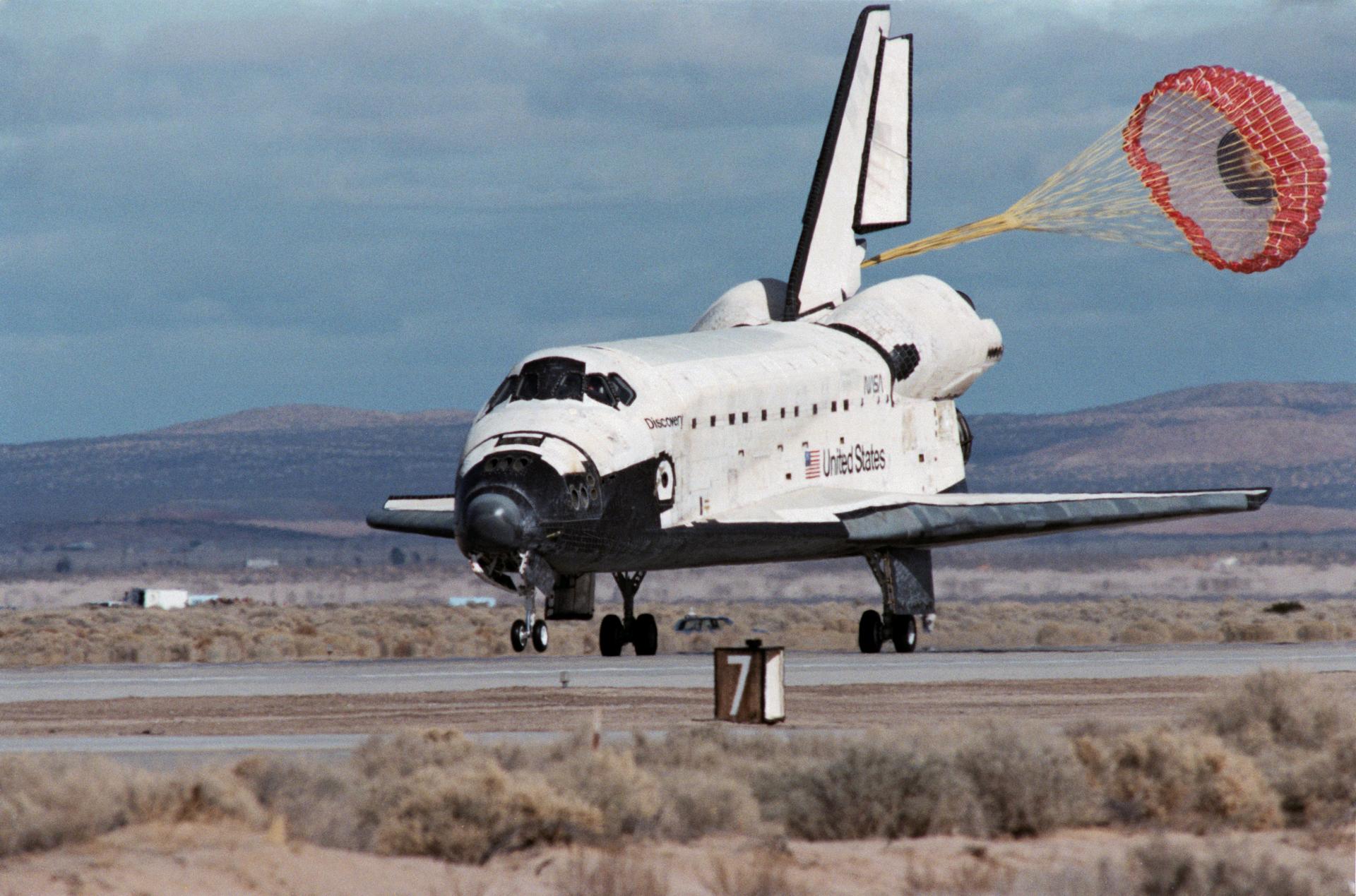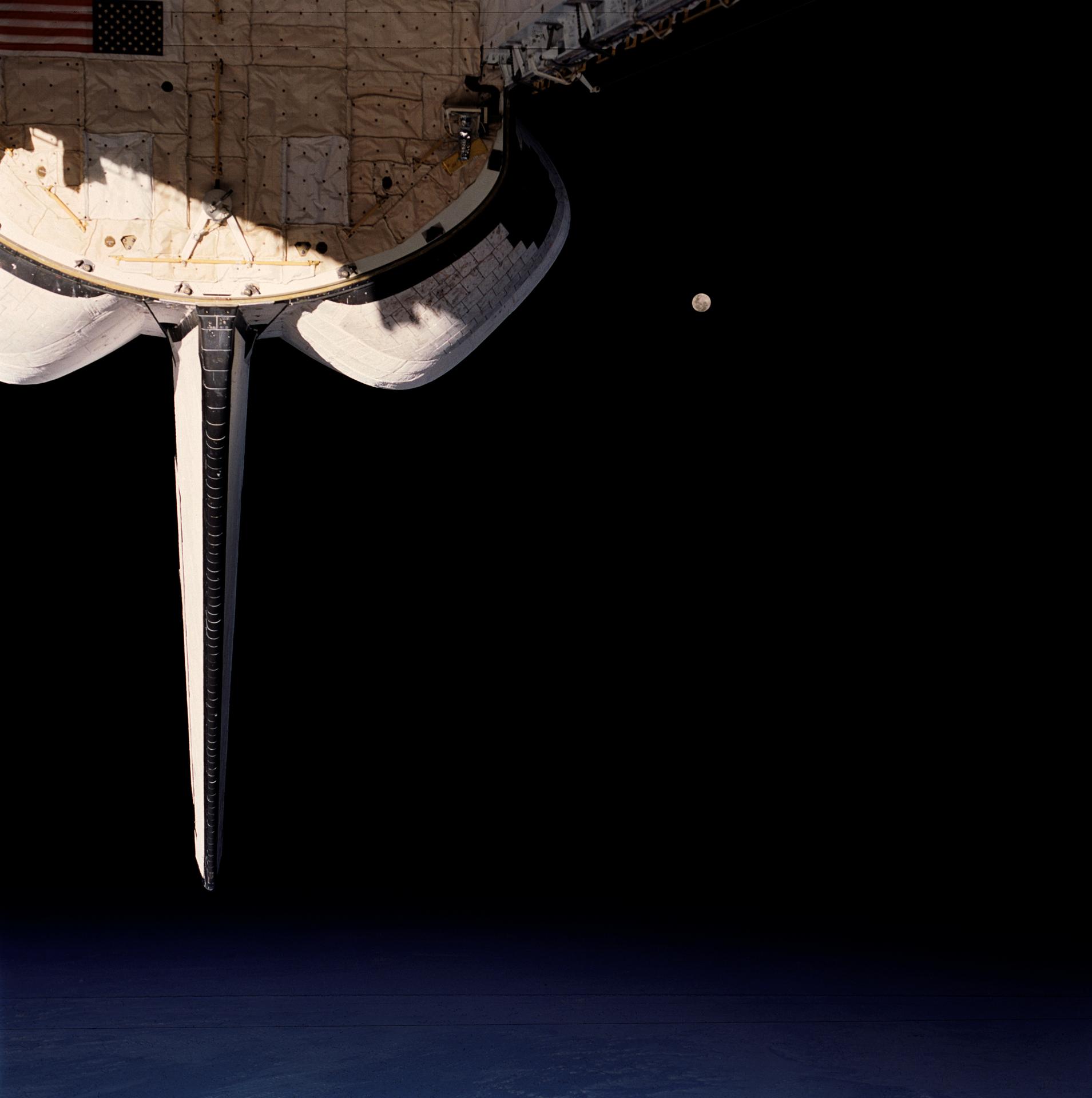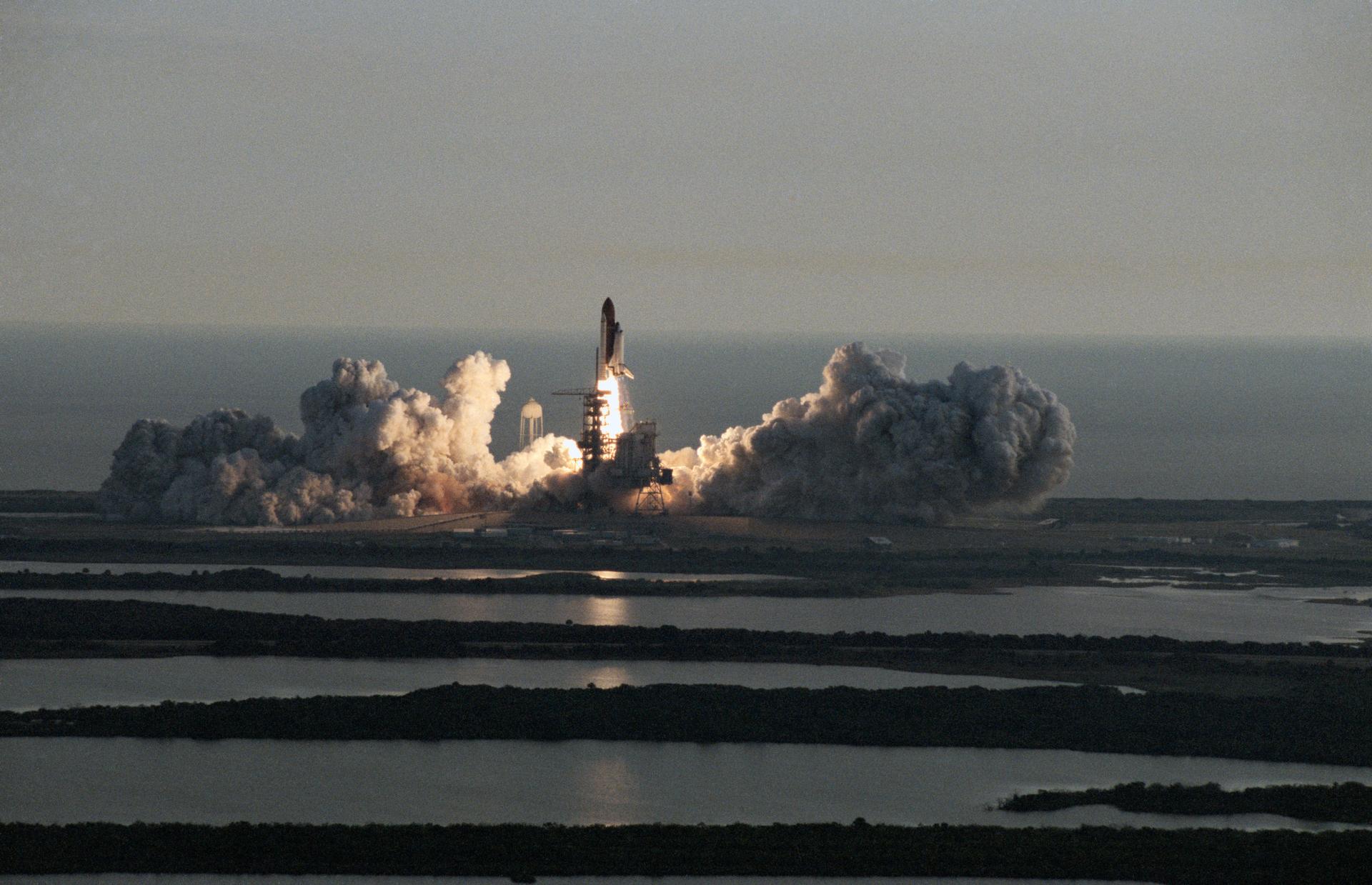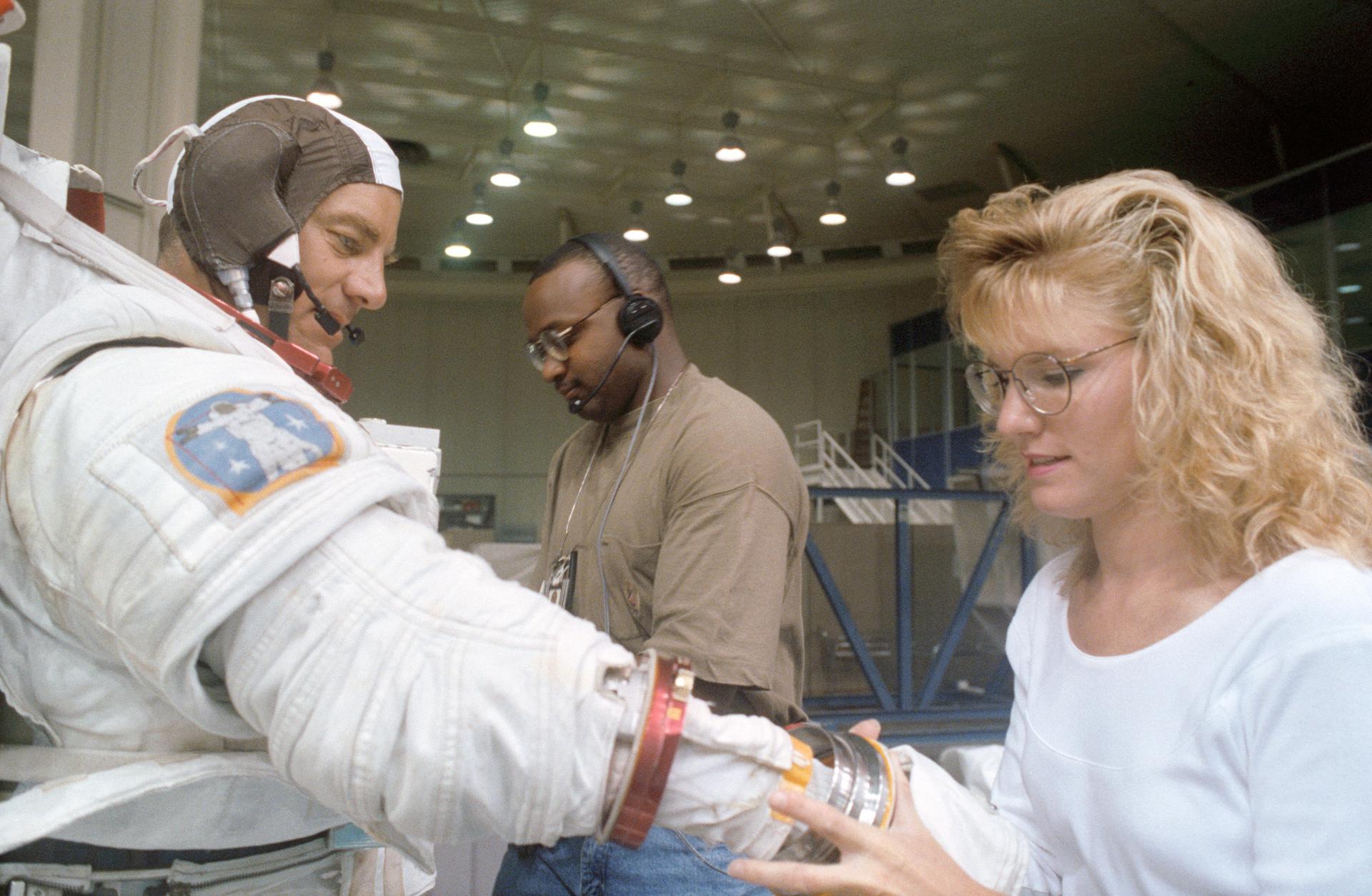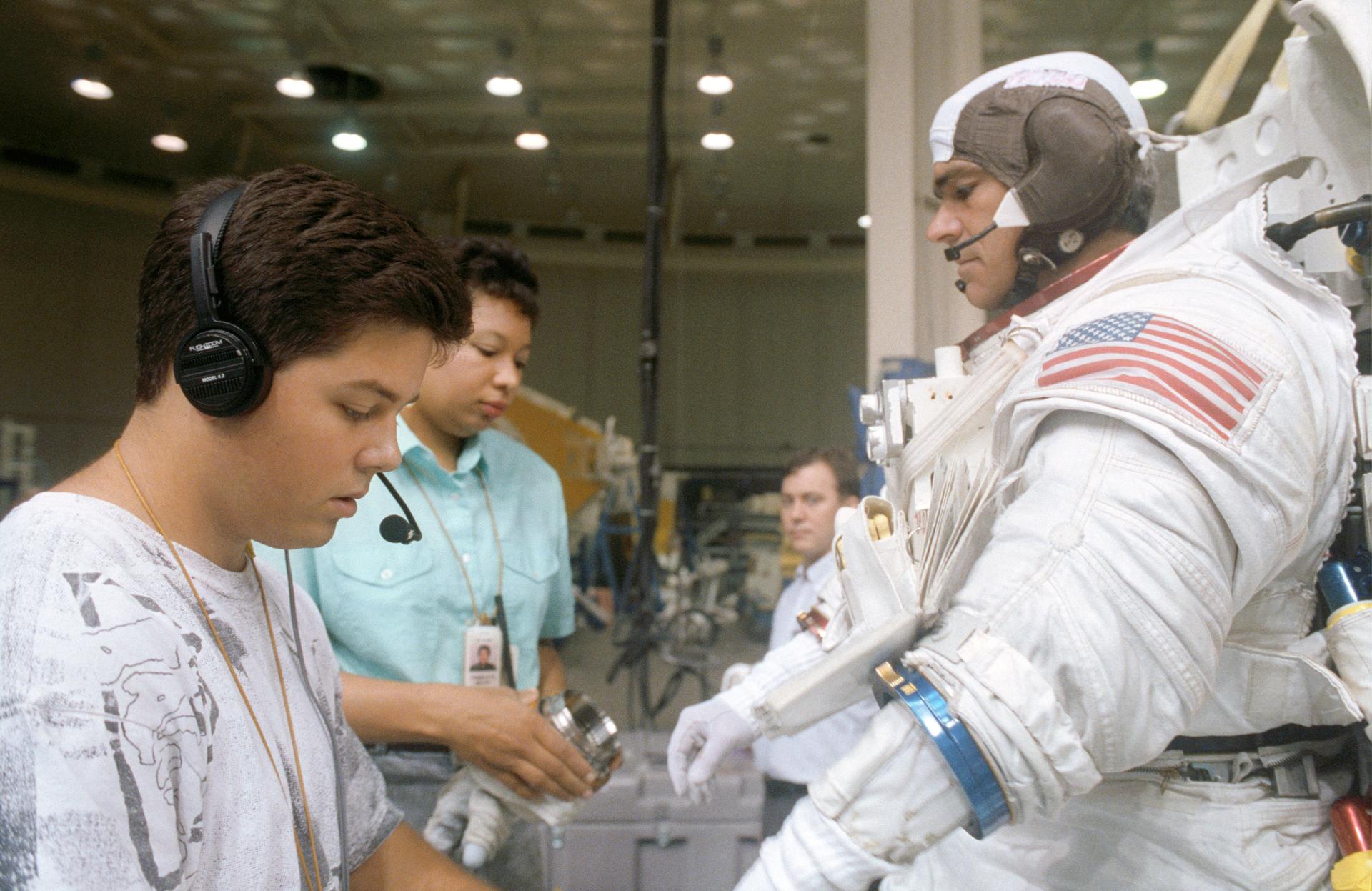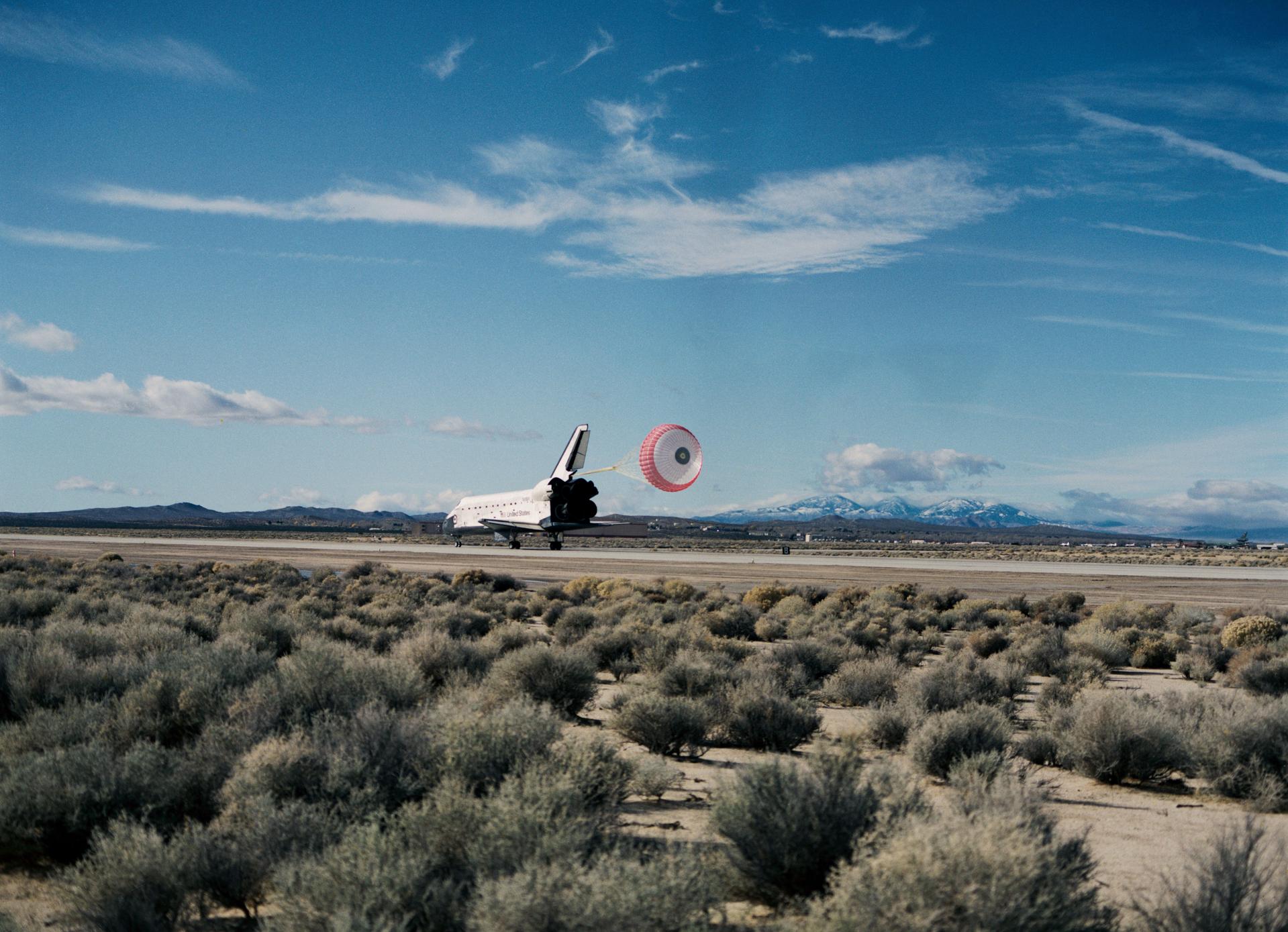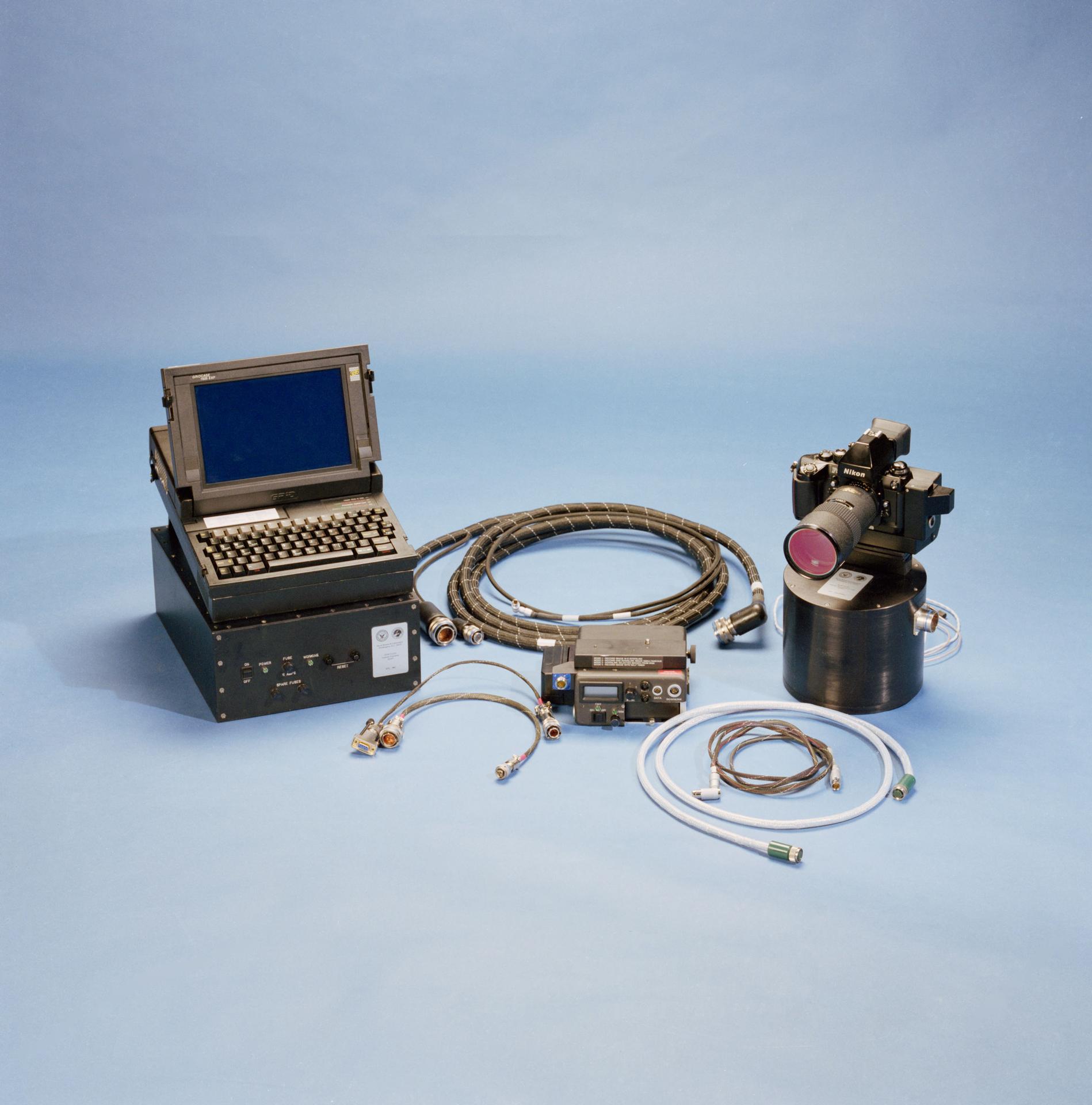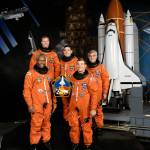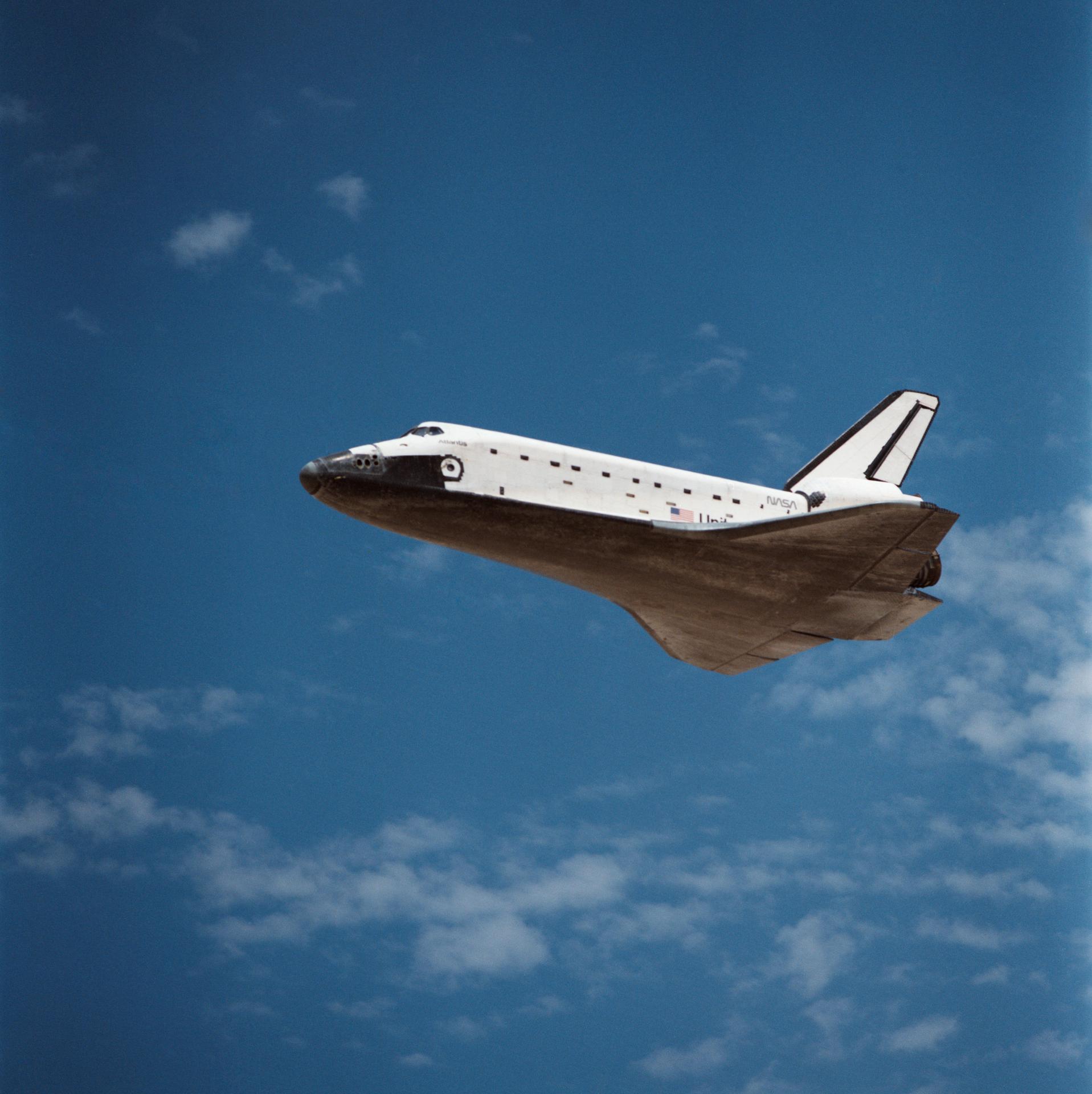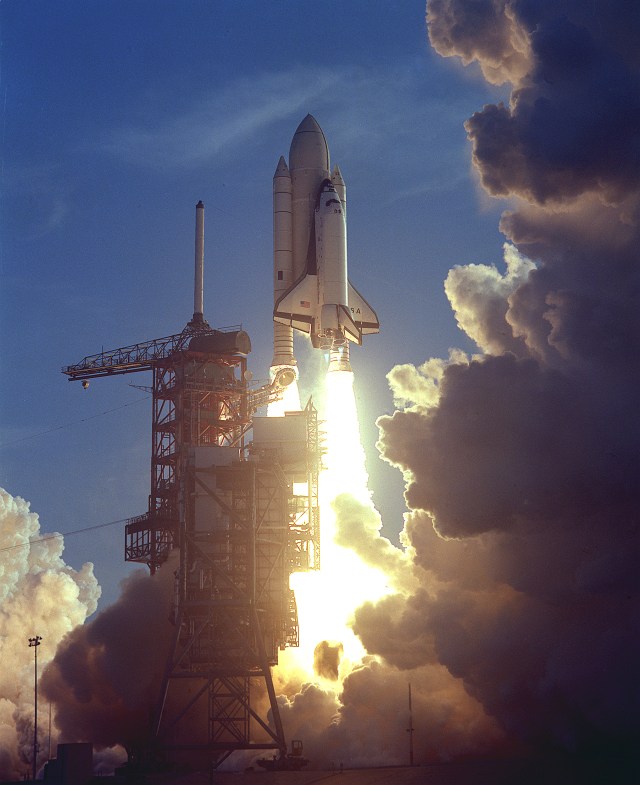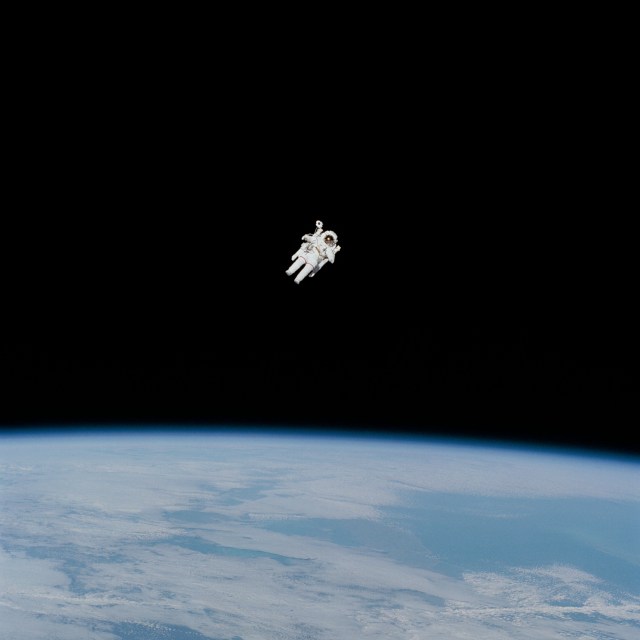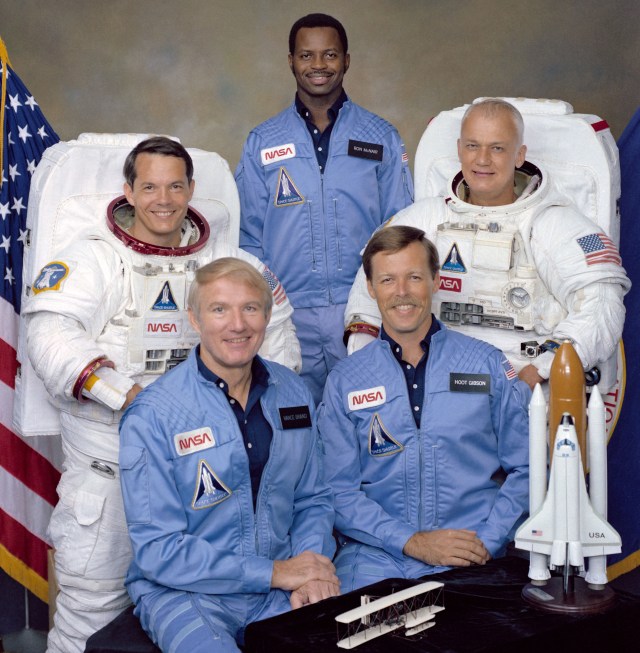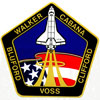
STS-53
A classified Department of Defense primary payload, plus two unclassified secondary payloads and nine unclassified middeck experiments.
orbiter
mission duration
Launch
Landing
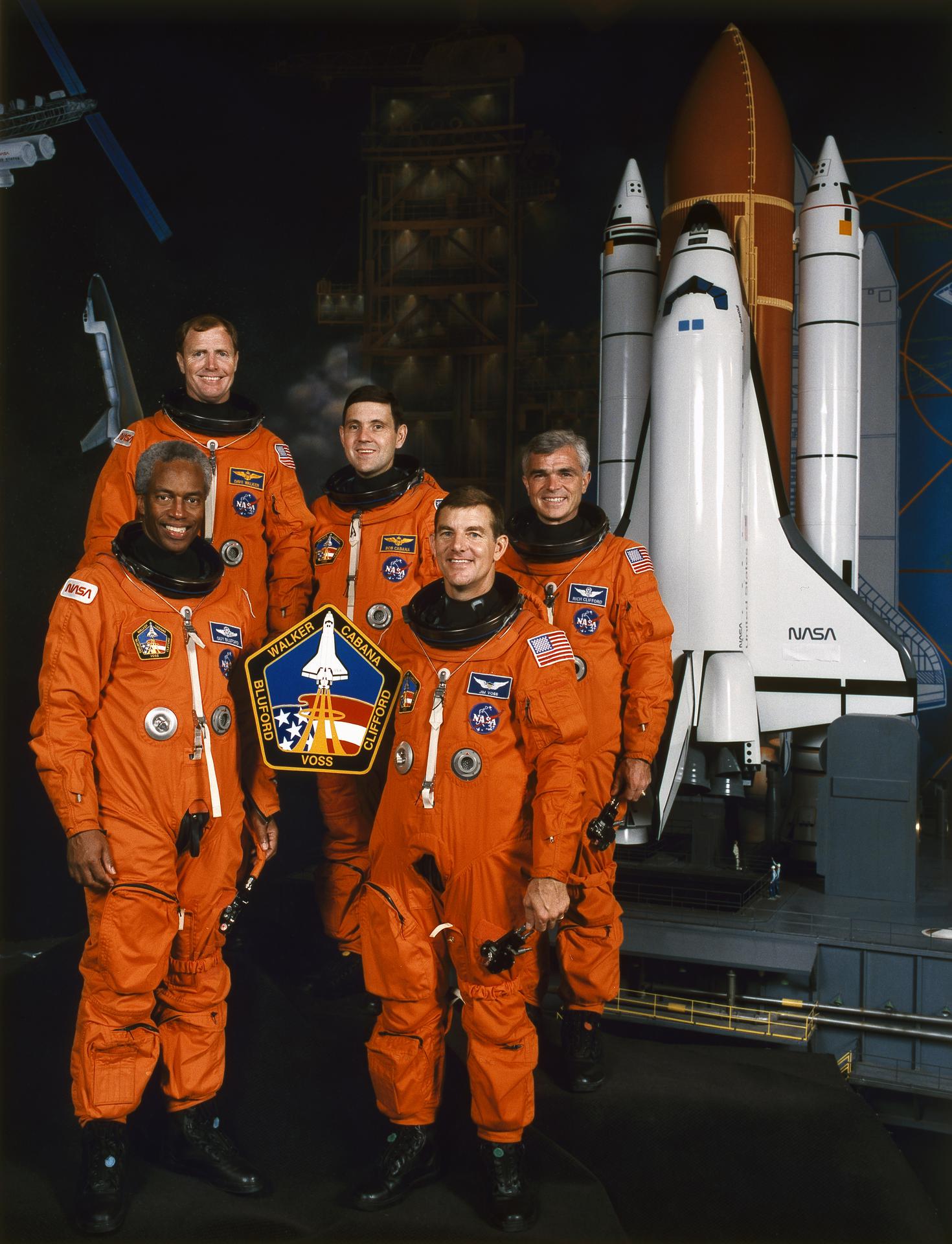
STS-53 Mission Facts
Mission: DOD; ODERACS
Space Shuttle: Discovery
Launch Pad: 39A
Launch Weight: 243,952 pounds
Launched: December 2, 1992, 8:24 a.m. EST
Landing Site: Edwards Air Force Base, Calif.
Landing: December 9, 1992, 12:43:47 p.m. PST
Landing Weight: 193,215 pounds
Runway: 22
Rollout Distance: 10,165 feet
Rollout Time: 73 seconds
Revolution: 116
Mission Duration: 7 days, 7 hours, 19 minutes, 47 seconds
Returned to KSC: December 18, 1992
Orbit Altitude: 174 nautical miles
Orbit Inclination: 57 degrees
Crew
David M. Walker, Commander
Robert D. Cabana, Pilot
Guion S. Bluford, Jr., Mission Specialist
James S. Voss, Mission Specialist
Michael R. Clifford, Mission Specialist
Mission Highlights
A classified Department of Defense primary payload, plus two unclassified secondary payloads and nine unclassified middeck experiments.
Secondary payloads contained in or attached to Get Away Special (GAS) hardware in the cargo bay included the Orbital Debris Radar Calibration Spheres (ODERACS), and the combined Shuttle Glow Experiment/Cryogenic Heat Pipe Experiment (GCP).
Middeck experiments included Microcapsules in Space (MIS-l); Space Tissue Loss (STL); Visual Function Tester (VFT-2); Cosmic Radiation Effects and Activation Monitor (CREAM); Radiation Monitoring Equipment (RME-III); Fluid Acquisition and Resupply Experiment (FARE); Hand-held, Earth-oriented, Real-time, Cooperative, User-friendly, Location-targeting and Environmental System (HERCULES); Battlefield Laser Acquisition Sensor Test (BLAST); and the Cloud Logic to Optimize Use of Defense Systems (CLOUDS).
STS-53
Shuttle News
Retired Space Shuttle Locations
Shuttle Atlantis – Kennedy Space Center Visitor Complex Shuttle Discovery – Steven F. Udvar-Hazy Center Shuttle Endeavour – California Science…
Read the Story





























